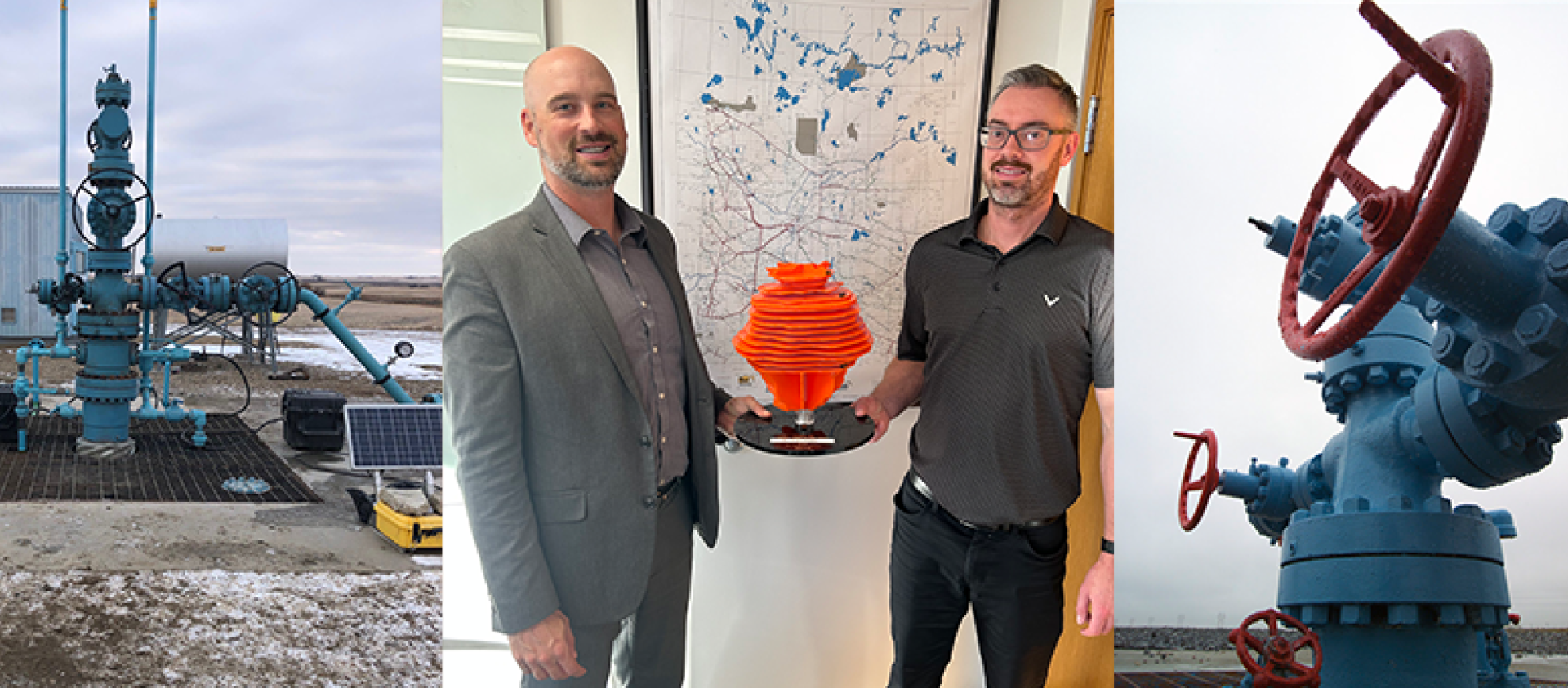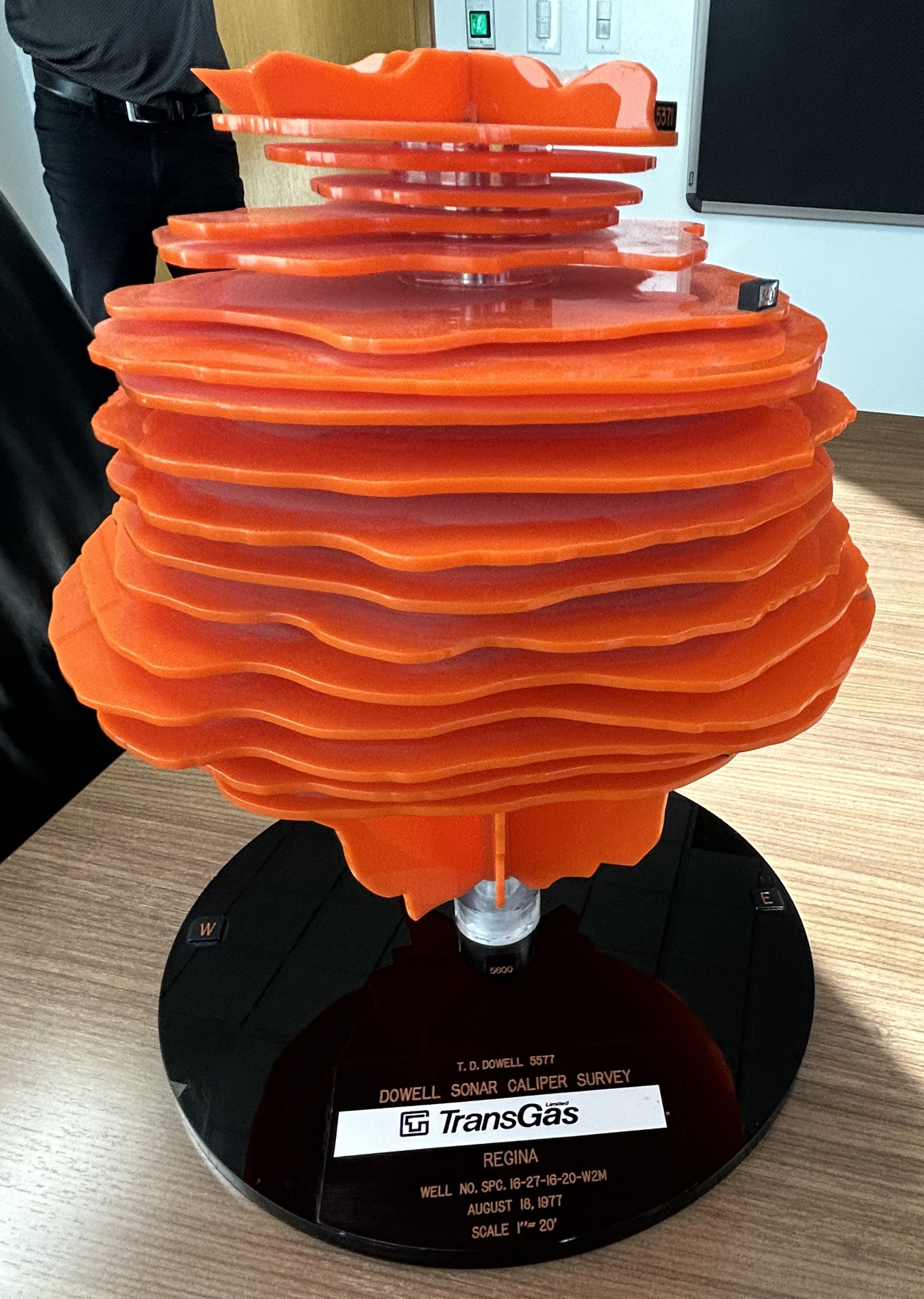Using storage caverns to serve our customers

As the weather turns cold, our customers rely on natural gas to heat their homes and businesses. SaskEnergy plans year-round to provide Saskatchewan residents with the energy they need. One of the ways we meet the demand for energy is with storage caverns.
Storage caverns are large underground cavities where we can safely store natural gas. A storage cavern has an average size of about 40 to 50 Olympic-sized swimming pools and are about one kilometre below the ground.
“A storage cavern is the greatest thing for the storage of energy,” says Derek Leach, Director of SaskEnergy’s System Control team. “The caverns we have are awesome in terms of size, usability and even geographic location.”
Natural gas is typically stored seasonally. It’s added into our caverns when the demand for gas is lower, or when the prices of gas are more favourable, such as during the warmer summer months. The stored natural gas can be withdrawn when customer needs are the highest, such as during cold winter days.
Not only does having natural gas in storage allow us to meet peak demand needs in winter, it also means we don’t need as many — or as large of — gas lines to meet demand when it’s at its highest, which would have a larger impact on the environment and on landowners. Natural gas storage also helps us provide rate stability to customers.
“If you can use cheap gas on an expensive day, that will help lower some of the costs of our business,” says Derek. “If we didn’t have storage caverns, we would need a bigger infrastructure system and that would have major cost implications on a day-to-day basis.”
SaskEnergy, through our subsidiary TransGas, safely operates five storage cavern facilities throughout Saskatchewan. If you were to add the volume of all the caverns together, it would add up to be almost double the size of Regina’s Mosaic Stadium if it was enclosed!
To develop a storage cavern, a narrow shaft called a wellbore is drilled from the surface down into an underground salt layer called the Prairie Evaporite Formation. Water is then pumped down to dissolve the salt layer. The resultant brine is moved to the surface and disposed of safely. The cavern is then filled with compressed natural gas, which is stored until needed.
Throughout all of our operations, including the use of our storage caverns, safety is our primary focus, and we have processes in place to keep those who live and work near our facilities safe.




